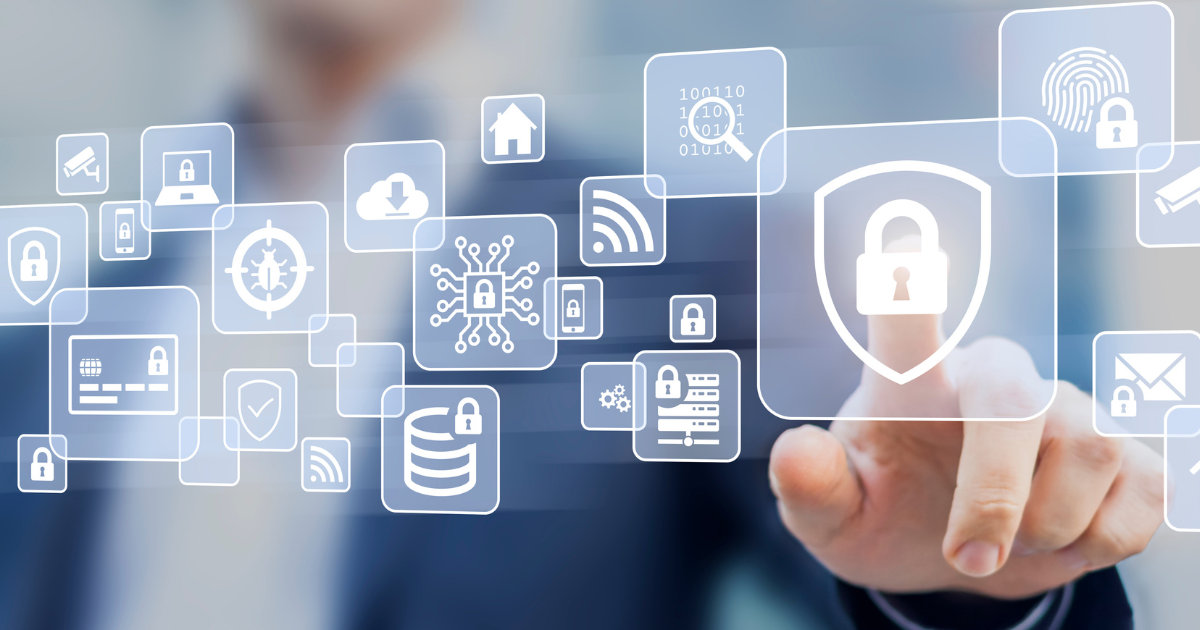
What is Workplace Security and Secure Remote Access?
In today's digital age, workplace security is more than just physical measures; it encompasses strategies, protocols, and technologies designed to protect organizational assets—data, devices, and personnel—from both internal and external threats. As businesses increasingly operate within virtual environments, securing these spaces becomes critical to safeguarding sensitive data and ensuring operational continuity. But what does this entail in the rapidly evolving digital landscape?
As organizations transition to digital-first models, the imperative to secure virtual environments has never been more critical. The complexities of safeguarding sensitive data and maintaining operational continuity present significant challenges. This blog aims to delve into optimizing Virtual Desktop Infrastructure (VDI) security for digital businesses. Spearheaded by Citrix, these efforts offer a beacon of security, providing solutions that are robust, flexible, scalable, and secure. We will explore the various cybersecurity strategies Citrix implements, highlighting their adaptability across different business sizes. Additionally, we'll discuss how strategic partnerships, such as with Altanora, can significantly enhance the effectiveness of these security measures.

The Evolution of Cybersecurity in VDI Environments
As digital threats grow in sophistication and number, traditional security models no longer suffice. The perimeter-based defense is particularly inadequate against today's landscape marked by advanced persistent threats, insider threats, and the vulnerabilities stemming from remote work and Bring Your Own Device (BYOD) policies. To counter these challenges, Citrix has adopted a comprehensive approach to cybersecurity, aligning its strategies with leading standards and frameworks.
Citrix’s cybersecurity enhancements are grounded in rigorous adherence to the National Institute of Standards and Technology (NIST) cybersecurity frameworks and comply with Federal Information Processing Standards (FIPS) for enhanced security measures. These frameworks and protocols offer a structured and flexible blueprint for managing and reducing cybersecurity risks, ensuring that Citrix’s Virtual Desktop Infrastructure (VDI) solutions are fortified against a broad spectrum of threats. The incorporation of FIPS 140 cryptographic protocols within NetScaler Application Delivery controllers (ADC), in particular, highlights their commitment to high-security standards, significantly enhancing the protection of data integrity and confidentiality across all virtual sessions, where enhanced security features justify a higher investment.
Citrix Virtual Apps and Desktops: Reinventing Secure Remote Access
Citrix Virtual Apps and Desktops go beyond traditional VDI offerings by providing a comprehensive, user-centric solution that ensures secure remote access. Leveraging high-level encryption and multi-factor authentication within a secure virtual desktop infrastructure, Citrix ensures that data remains secure in transit and at rest. These solutions offer contextual access controls that allow for dynamic adjustment of user permissions based on real-time assessments of risk, location, and other factors, while machine learning algorithms analyze behavioral patterns to identify and isolate security threats promptly. Aligning with modern cybersecurity strategies, these Zero Trust principles form the cornerstone of Citrix's approach to secure remote access.
What is Citrix’s HDX Technology?
Citrix's High-Definition Experience (HDX) technology is a set of capabilities developed to enhance the performance and user experience of virtual desktops and applications over any network condition. HDX optimizes the delivery of content, ensuring high fidelity and responsiveness for users accessing their workspaces remotely. This is crucial for maintaining productivity and security in a distributed workforce.
Key Features of HDX Technology Include:
- Adaptive Throughput: Dynamically adjusts data transmission based on network performance, ensuring smooth delivery of high-bandwidth applications without compromising security.
- Intelligent Compression: Applies advanced algorithms to reduce data size without sacrificing quality, optimizing bandwidth use for various types of content and enhancing security by minimizing the exposure time of data in transit.
- Multi-Stream ICA Protocol: Uses the Independent Computing Architecture (ICA) protocol to optimize data streams (e.g., display, keyboard) independently, enhancing responsiveness and security by isolating different data types.
- Graphics Acceleration: Leverages server-side GPU virtualization and compression for efficient delivery of graphic-intensive applications, supporting a range of use cases from basic office software to 3D CAD programs, while ensuring data remains secure.

Citrix ADC: A Cornerstone for Secure and High-Performance Application Delivery
Citrix ADC stands at the forefront of application delivery and security, ensuring applications are always available, secure, and performing at their peak. It serves as a multifunctional appliance that provides Secure Sockets Layer (SSL) offloading, content caching, and a web application firewall (WAF), creating a fortified barrier against Distributed Denial-of-Service (DDoS) attacks and application-layer threats. FIPS compliant ADCs are also available for those environments requiring additional cryptographic security measures.
What is SSL Offloading?
SSL Offloading is a feature that optimizes server performance by transferring the workload of SSL encryption and decryption from backend servers to Citrix ADC. This enhances server efficiency and security by offloading CPU-intensive processes.
Benefits of SSL Offloading:
- Dedicated Hardware Acceleration: Utilizes specialized SSL acceleration hardware to efficiently process cryptographic operations, significantly reducing the CPU load on servers and enhancing security by preventing potential encryption-related vulnerabilities.
- Session Reuse: Minimizes the overhead of establishing new SSL connections by caching SSL session keys, allowing for quicker subsequent connections without a full SSL handshake, thus improving security and performance.
- Centralized Certificate Management: Streamlines the management of SSL certificates by centralizing their deployment, renewal, and revocation (Certificate Revocation List - CRL), on the ADC, ensuring secure and up-to-date encrypted traffic.

Citrix Secure Workspace Access: Enforcing Zero Trust Security
Adopting a zero-trust security model is indispensable in the digital transformation era. Citrix Secure Workspace Access mandates continuous verification of all users and devices seeking access to corporate resources, aligning with the principle of "never trust, always verify."
Benefits of Zero Trust Security with Citrix:
- Granular Access Control: Provides meticulous governance over access to SaaS, web applications, and data, enhancing VDI security by ensuring that only authenticated users can access sensitive information under stringent conditions.
- Enhanced Security: By requiring continuous verification and leveraging contextual access controls, Citrix Secure Workspace Access strengthens the security of virtual desktop environments, protecting against unauthorized access and data breaches.
Conclusion
The need for robust digital workspace security in today's business environment cannot be overstated. Citrix's suite of VDI solutions, highlighted by features like HDX Technology, Session Watermarking, and Zero Trust Security with Citrix Secure Workspace Access, offers businesses powerful tools to secure their operations against the myriad threats of the digital world. Partnering with Altanora for tailored Citrix solutions ensures that businesses can navigate the complexities of VDI implementation and management, achieving a secure, efficient, and scalable digital infrastructure.
Let Altanora help secure your digital workspace with tailored cybersecurity solutions powered by Citrix, and embark on a journey toward enhanced digital security and operational excellence.





